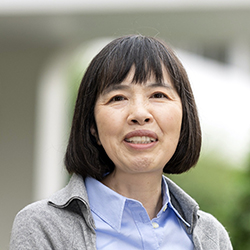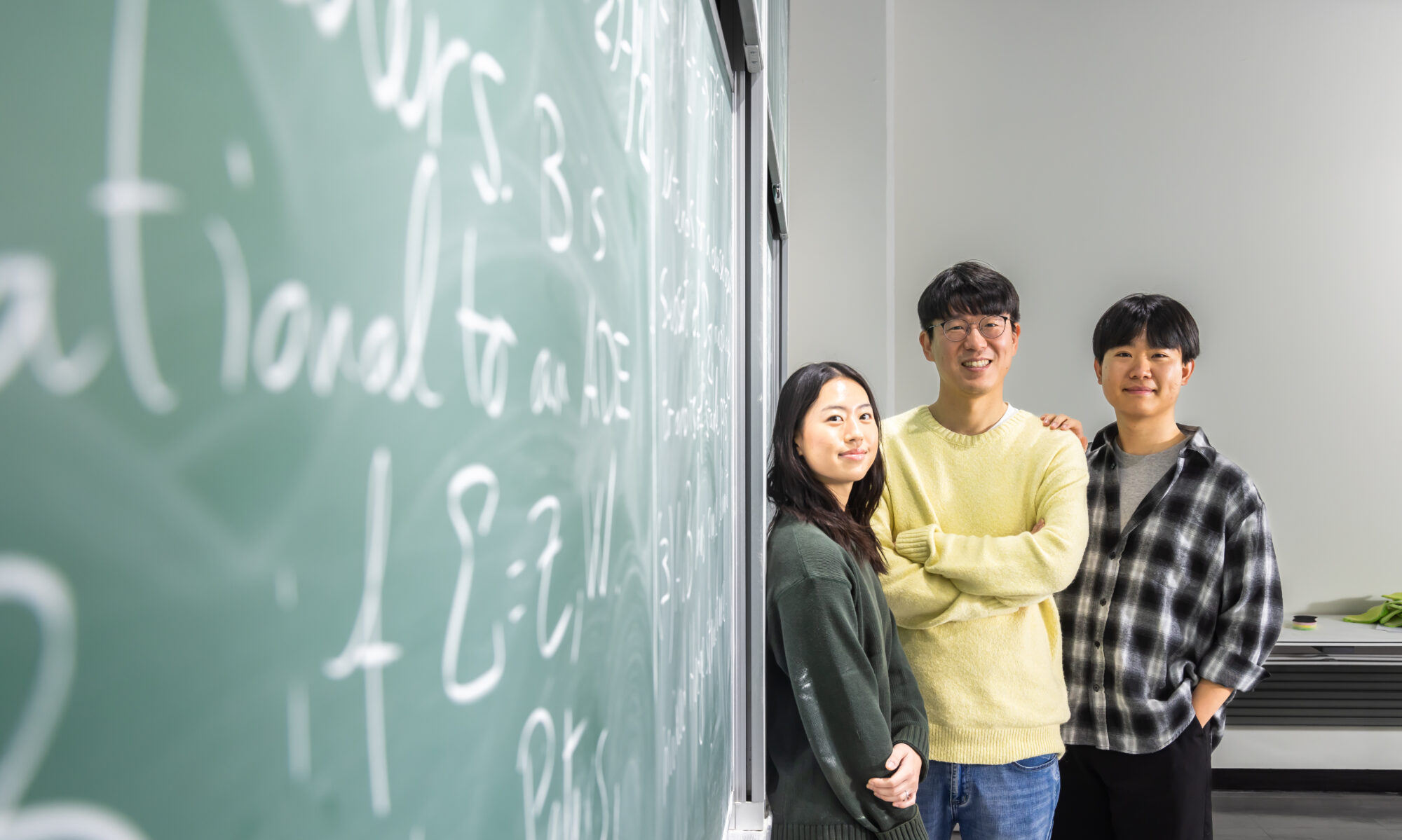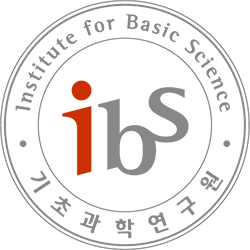
- This event has passed.
Modeling cell-to-cell heterogeneity from a signaling network
November 9, 2022 @ 4:00 pm - 5:00 pm KST

Cells make individual fate decisions through linear and nonlinear regulation of gene network, generating diverse dynamics from a single reaction pathway. In this colloquium, I will present two topics of our recent work on signaling dynamics at cellular and patient levels. The first example is about the initial value of the model, as a mechanism to generate different dynamics from a single pathway in cancer and the use of the dynamics for stratification of the patients [1-3]. Models of ErbB receptor signaling have been widely used in prediction of drug sensitivity for many types of cancers. We trained the ErbB model with the data obtained from cancer cell lines and predicted the common parameters of the model. By simulation of the ErbB model with those parameters and individual patient transcriptome data as initial values, we were able to classify the prognosis of breast cancer patients and drug sensitivity based on their in silico signaling dynamics. This result raises the question whether gene expression levels, rather than genetic mutations, might be better suited to classify the disease. Another example is about the regulation of transcription factors, the recipients of signal dynamics, for target gene expression [4-6]. By focusing on the NFkB transcription factor, we found that the opening and closing of chromatin at the DNA regions of the putative transcription factor binding sites and the cooperativity in their interaction significantly influenced the cell-to cell heterogeneity in gene expression levels. This study indicates that the noise in gene expression is rather strongly regulated by the DNA side, even though the signals are similarly regulated in a cell population. Overall these mechanisms are important in our understanding the cell as a system for encoding and decoding signals for fate decisions and its application to human diseases.
[References]
[1] Nakakuki et al. Cell 2010,
[2] Imoto et al. iScience 2022,
[3] Imoto et al. STAR Protocols 2022,
[4] Shinohara et al. Science 2014,
[5] Michida et al. Cell Reports 2020,
[6] Wibisana et al. PLoS Genetics 2022

